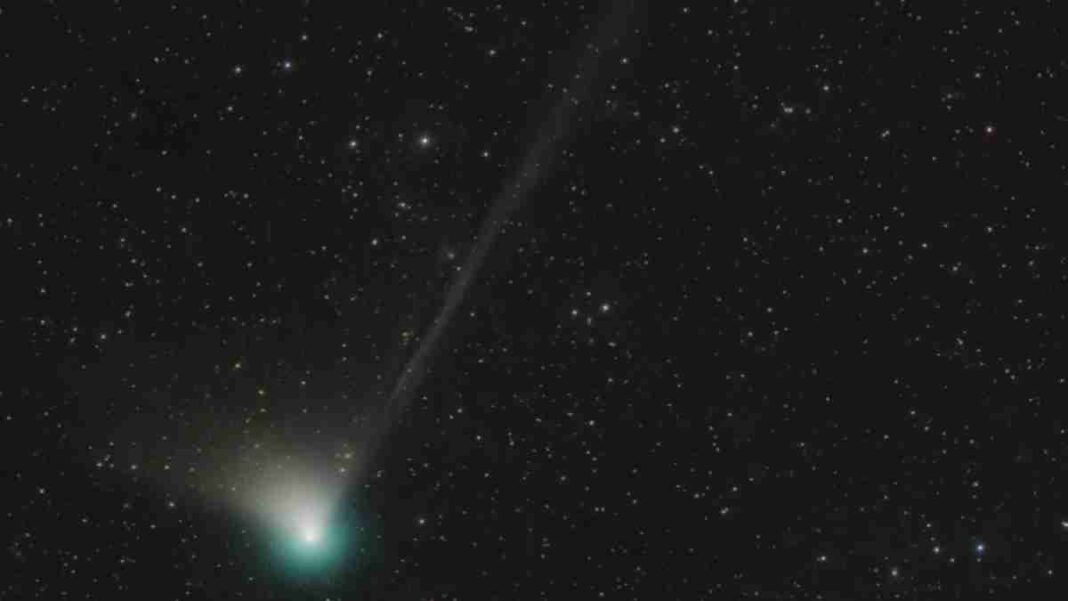INDIA: According to NASA, Comet C/2022 E3 may be visible to the naked eye in clear skies during the frigid months of January and February as it approaches Earth.
If this happens, it will mark the first naked-eye comet sighting since Comet C/2020 F3 NEOWISE visited Earth in 2020.
These “cosmic snowballs”, known as comets, are made up of frozen gases, dust, and rock and orbit the sun.
As they approach our star, these objects are subjected to radiation dosages that increase, releasing gases and debris.
The comet was found when it was in Jupiter’s orbit in March of last year. On January 12, its current course will be close to the sun.
According to the American space agency, it will approach the closest to Earth on February 2 at a distance of 42.5 million kilometres.
The comet should be visible in the early morning skies of the Northern Hemisphere in January.
Before the end of the month, it will travel northwesterly and pass between the Little and Big Dippers.
By the second half of January, people might be able to witness the comet with their own eyes. By the beginning of February, anyone in the southern hemisphere might anticipate seeing the comet.
According to sources, the comet will likely be at least magnitude +6 (More is the magnitude, less is the apparent brightness of that object) by the time of its close approach to Earth, which is about as bright as the human eye can see.
According to Robert Massey, Deputy Executive Director of the UK Royal Astronomical Society, “The comet is expected to reach magnitude +5 around the beginning of February.”
“So far, the measured brightness is in line with that model,” Massey continued.
Once it has gone by the Earth, this comet will begin to drift away from the sun and the inner solar system.
The source continues, saying what will happen next is mysterious, given the uncertainty surrounding its future direction.
Also Read: Orionid Meteor Shower: The Earth’s Encounter with Halley’s Comet



